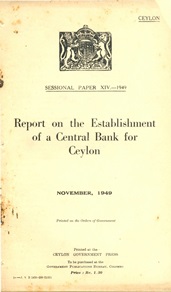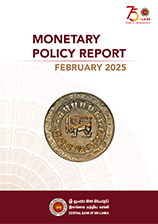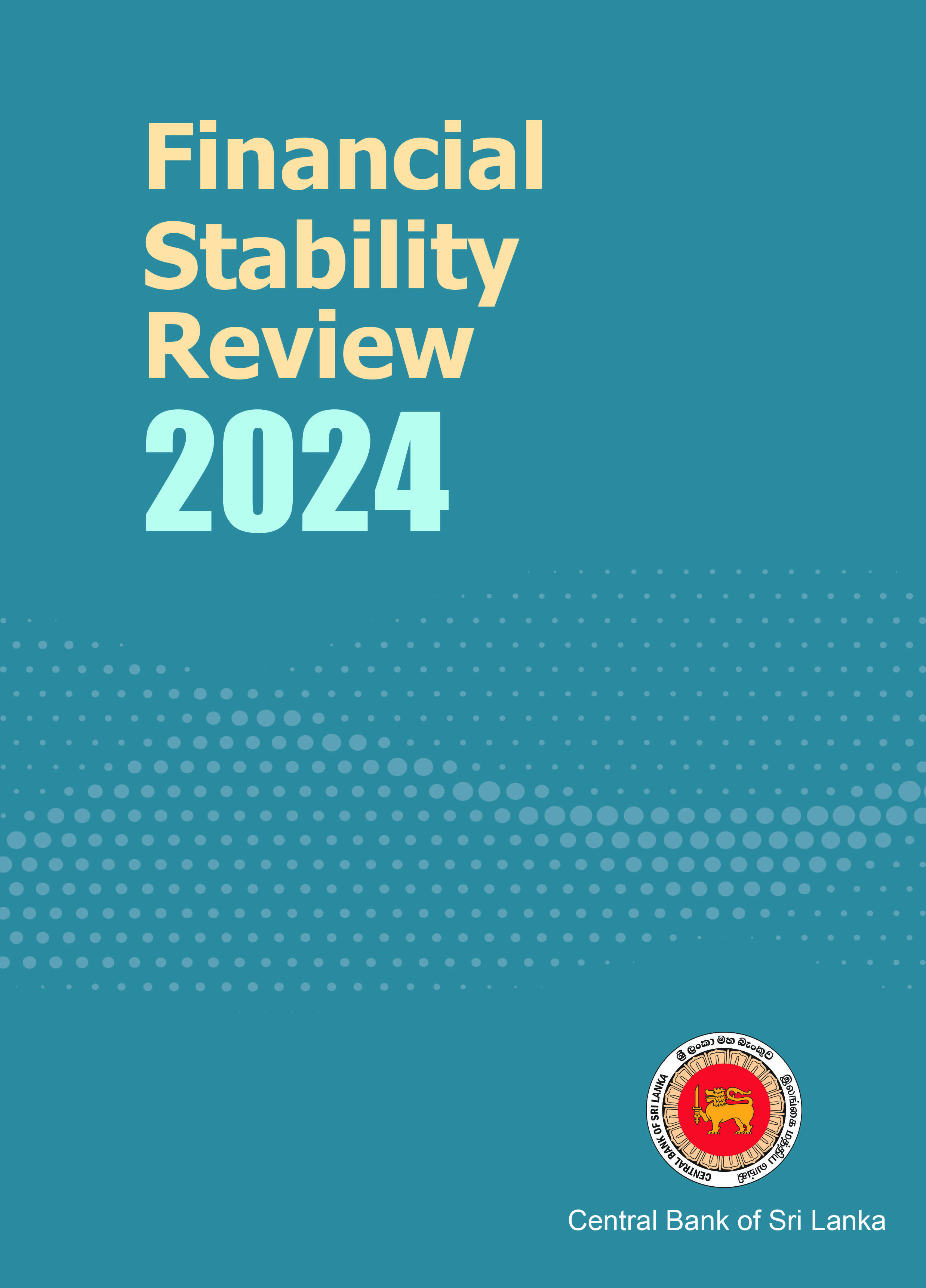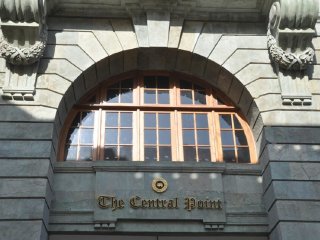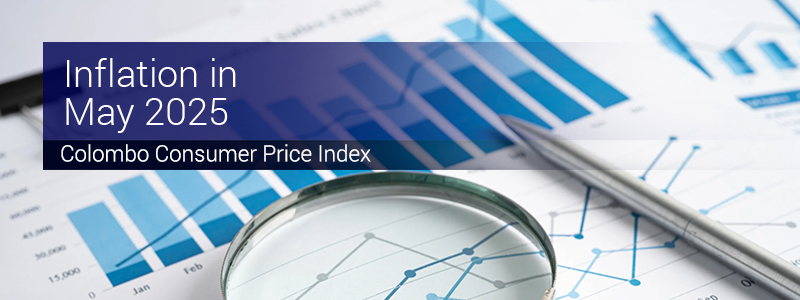The Manufacturing Sector PMI recorded 59.0 in September which is an increase of 4.6 index points compared to August 2017. This indicates that the Manufacturing activties continued to expand in September 2017 at a higher rate compared to August 2017. This expansion was mainly driven by the increase in the Employment sub-index which recovered from the contraction observed in the previous month with the recruitment of new employees. The production and new orders sub-indices expanded at higher rates in September. The Stock of purchases sub-index increased at a slower rate due to the excess stocks level observed in the previous month. Suppliers’ Delivery Time lengthened, albeit at a slower rate compared to previous month. Overall, all the sub-indices of PMI recorded values above the neutral 50.0 threshold signalling an overall expansion in September 2017. Moreover, the Expectation for activities remain positive for the next three months.







